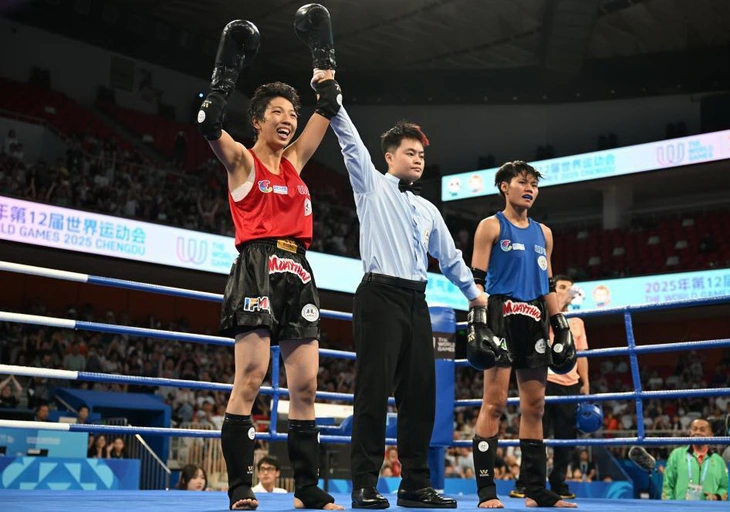
Liu Xiaohui (left) won the women's 48kg weight class - Photo: XHN
Unexpected achievement
The World Games is considered the world's largest sporting event for sports that are "on the verge" of being included in the Olympic program. And the fact that Tai Chi can shine in the Muay Thai arena has surprised the martial arts world.
In the women's 48kg category, 20-year-old boxer Liu Xiaohui of host China defeated world champion Kullanat Aonok of Thailand in the final, with a score of 30-27.
This victory immediately stirred up the Chinese martial arts community, because Liu Xiaohui was famous as a Tai Chi practitioner. She switched to professional Muay Thai competition about 2 years ago.
In an interview published by Xinhua, Liu admitted: "Most of my basic martial arts skills come from Tai Chi." At the age of 20, Liu chose Muay Thai as the first high-level fighting arena of his career, before moving on to MMA and kickboxing.
“I have a traditional martial arts background, specifically Tai Chi, and my fighting style is quite different from many Muay Thai fighters,” she said.
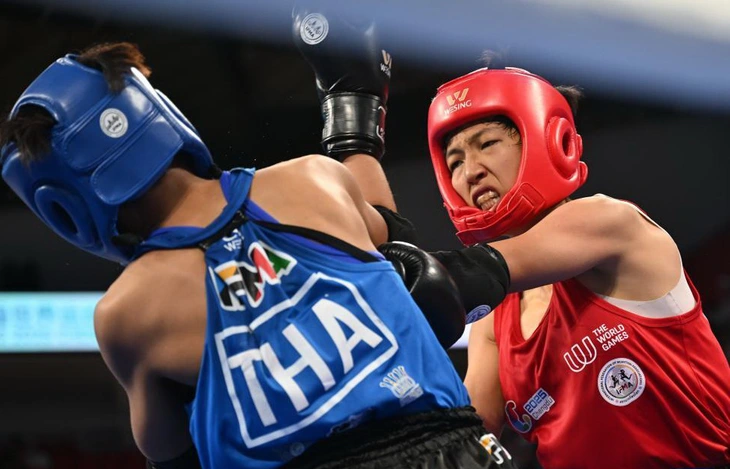
Liu (right) competed impressively at the World Games - Photo: XHN
On the professional side, the International Muay Thai Federation (IFMA) called Liu's victory "a moment that will be engraved in history, when two martial arts intersect."
From China's perspective, the country's media sees this as proof of the increasingly fading practicality of traditional martial arts.
An article published by Xinhua News Agency asserted that practicing Tai Chi from a young age helped Liu Xiaohui shape her rhythm, movements, and awareness of "using softness to overcome hardness" when entering the modern Muay Thai arena.
It is from Liu's development that the Chinese Muay Thai team's coaching staff is now working to integrate Sanshou, Internal Martial Arts and Tai Chi techniques into their fighting tactics.
"Many people see Tai Chi as just a form of exercise and has no practical value. There will be many debates. But for me, Tai Chi helps create core values, thinking and spiritual strength."
Liu's feat thus reignited a years-long debate about the "real combat" of Tai Chi.
Since 2017, the Chinese and international martial arts communities have been fiercely debating after a fight lasting less than 20 seconds between MMA coach Xu Xiaodong and a widely promoted "Tai Chi master" named Wei Lei.
In the end, the match lasted only “20 seconds” and led to a series of consequences for traditional Chinese martial arts. Not only Tai Chi, Xu Xiaodong also continuously defeated many other traditional martial arts schools.
The practical value of Tai Chi
But while the Chinese are disenchanted with kung fu, the professional martial arts world still holds Tai Chi in high regard.
A prime example is former UFC fighter Nick Osipczak. After leaving the UFC, Osipczak turned to studying and teaching Tai Chi.
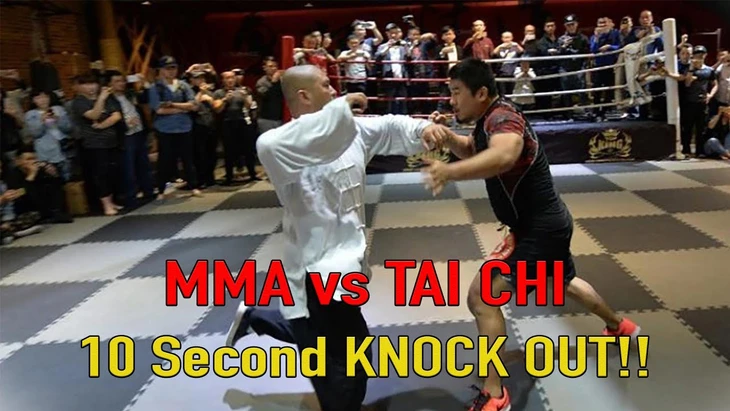
The match between Xu Xiaodong (right) and Wei Lei - Photo: YT
Ocipczak himself claims that practicing Tai Chi makes his fighting style “more effective” and is trying to bring internal principles to the MMA arena when he returns to the professional ring.
Of course, the values that the martial arts elite talk about in Tai Chi are mainly spiritual. But Liu's recent achievements have provided another perspective, that Tai Chi can be incorporated into actual training methods.
The debate continued, with Sina quoting a professional martial artist, saying that one should not put too much faith in the value that Tai Chi brings to Liu.
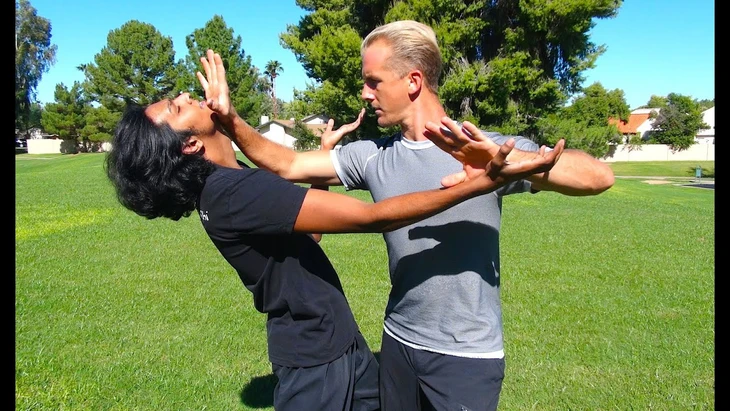
Many professional MMA fighters have traveled to China to learn Tai Chi - Photo: MR
"It can be said that Tai Chi has trained her spirit and thinking. From there, Liu quickly absorbed the fighting techniques of Muay Thai, and always kept her mind clear - as Tai Chi always emphasizes," the fighter said.
Many other fighters believe that traditional Chinese internal martial arts can improve their sense of distance, stance, and reflexes, incorporating the punches, elbows, knees, kicks, and clinches of Muay Thai or other mixed martial arts disciplines.
Taijiquan is one of the most famous internal martial arts of China , often associated with the legend of Zhang Sanfeng, a Taoist priest of the Wudang sect in the late Yuan - early Ming dynasties.
According to legend, Zhang Sanfeng observed the fight between a sparrow and a snake and realized the principle of "using softness to overcome hardness", thereby creating Tai Chi. However, official historical documents say that this martial art was clearly formed in the 17th century in Chenjia Gou village, Henan province, and was systematized by Chen Wangting.
From that foundation, by the 19th century, many major branches appeared: Tran, Duong, Ngo, Ton, Vu... All were based on the principle of yin-yang movement, combining internal and external.
Historically, Tai Chi was both a martial art and a method of health care and exercise. In the 20th century, it became popular worldwide, and in 2020, it was recognized by UNESCO as an intangible cultural heritage of humanity.
Source: https://tuoitre.vn/thai-cuc-quyen-gay-chan-dong-lang-vo-chuyen-nghiep-20250826111940695.htm



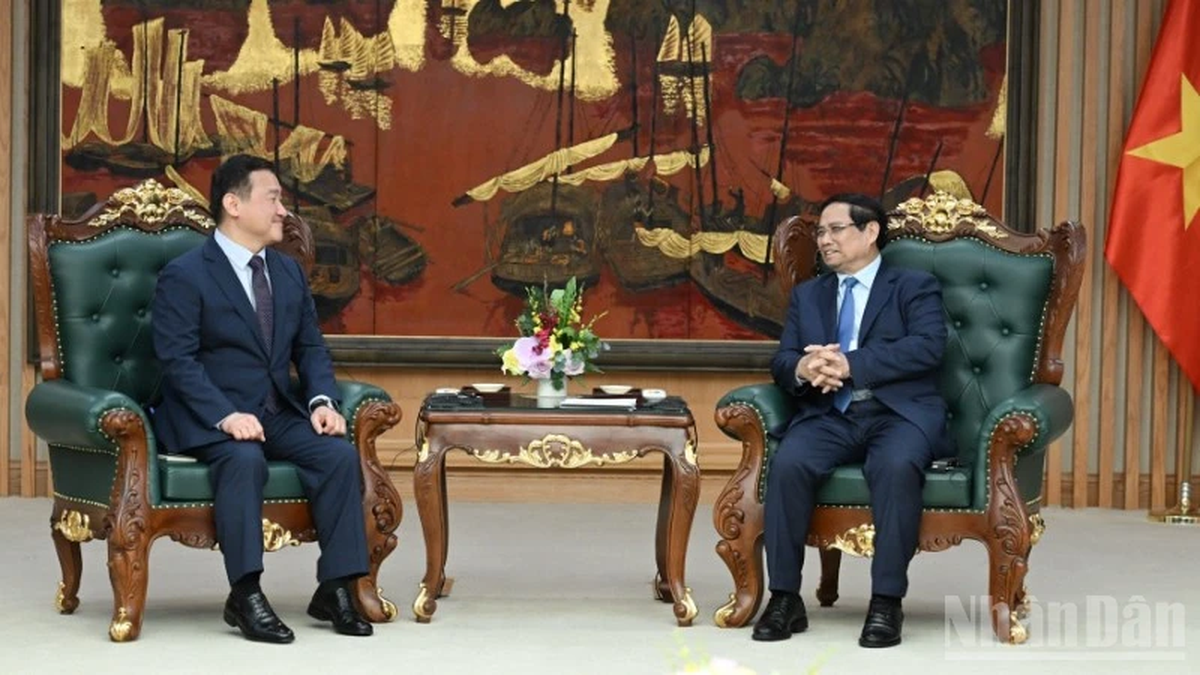
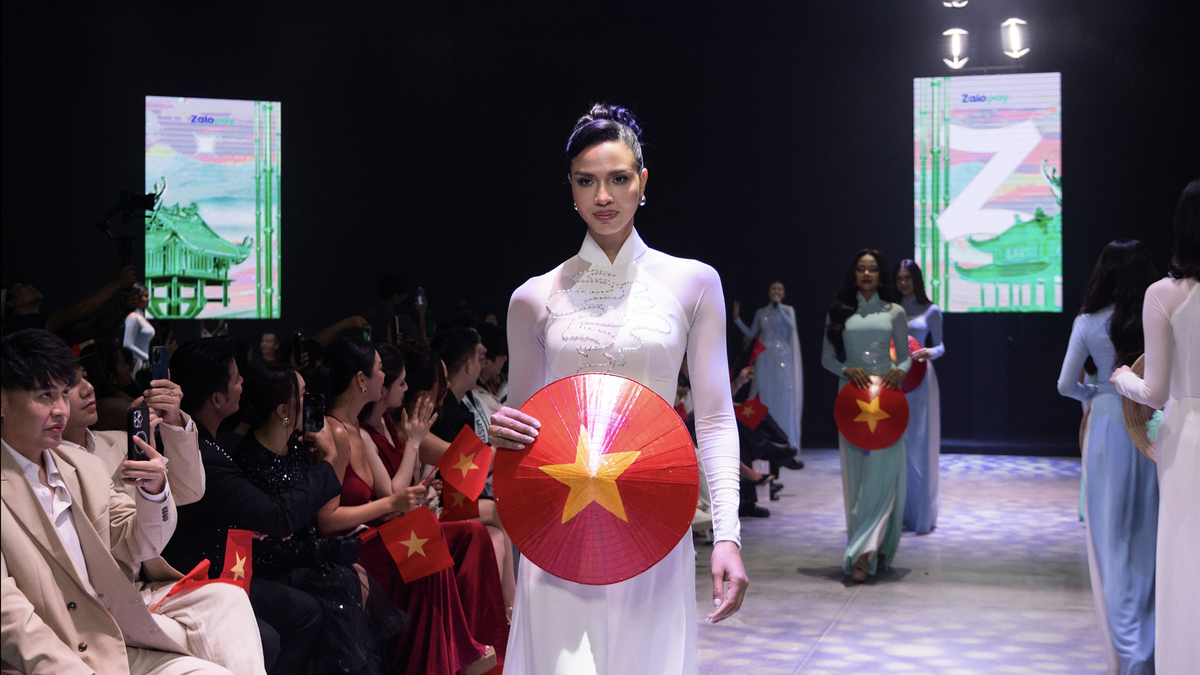
![[Photo] Prime Minister Pham Minh Chinh chairs meeting of National Steering Committee on International Integration](https://vphoto.vietnam.vn/thumb/1200x675/vietnam/resource/IMAGE/2025/8/26/9d34a506f9fb42ac90a48179fc89abb3)
![[Photo] Multi-colored cultural space at the Exhibition "80 years of the journey of Independence - Freedom - Happiness"](https://vphoto.vietnam.vn/thumb/1200x675/vietnam/resource/IMAGE/2025/8/26/fe69de34803e4ac1bf88ce49813d95d8)

![[Photo] Prime Minister Pham Minh Chinh receives CEO of Samsung Electronics](https://vphoto.vietnam.vn/thumb/1200x675/vietnam/resource/IMAGE/2025/8/26/373f5db99f704e6eb1321c787485c3c2)





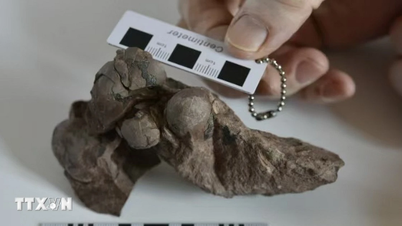
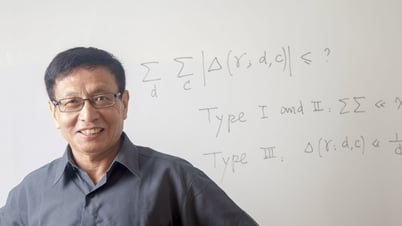

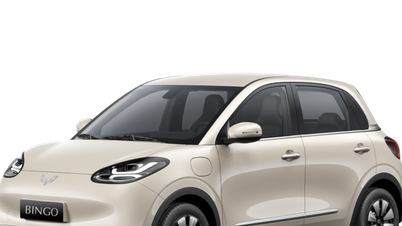




















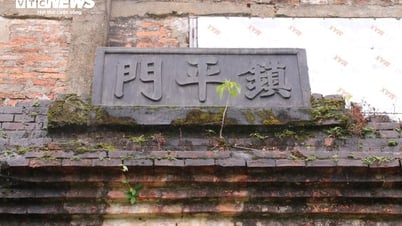

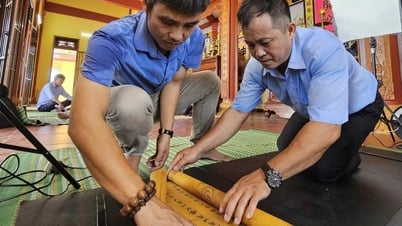


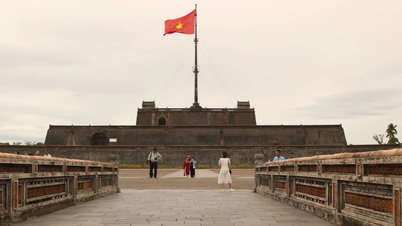

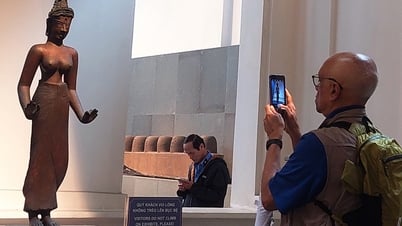





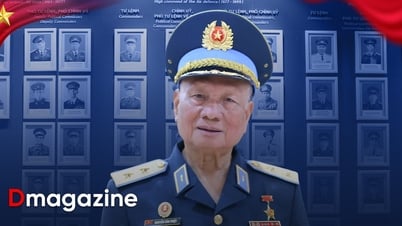
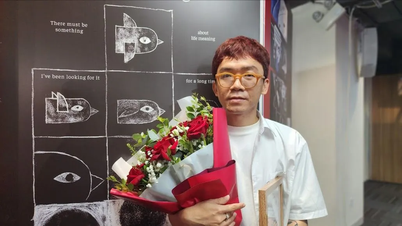



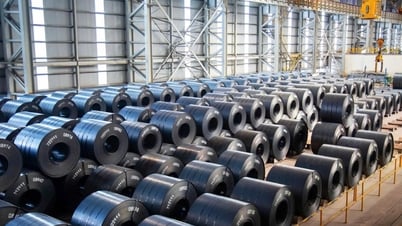
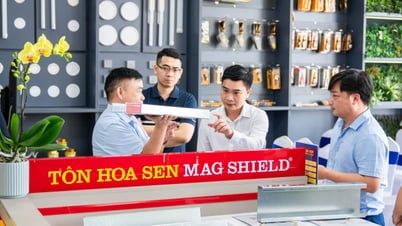















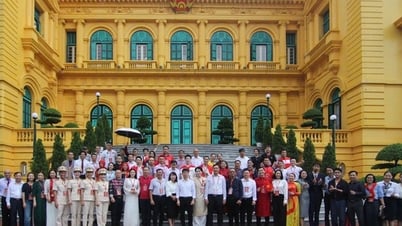


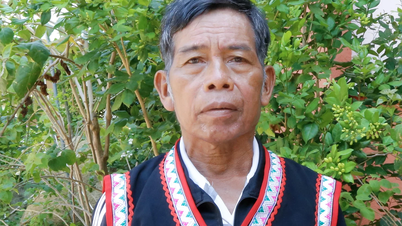


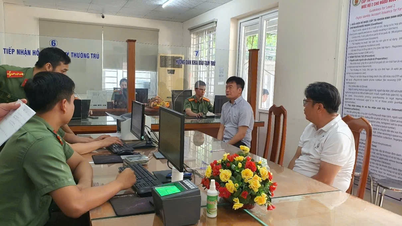

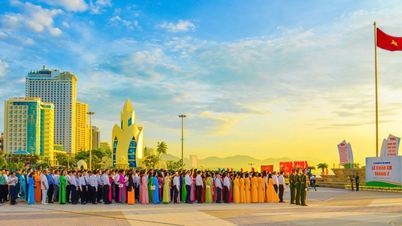






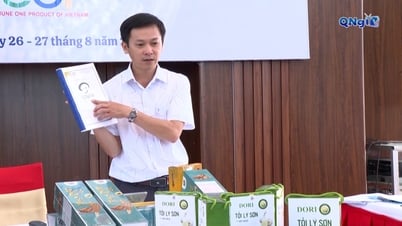









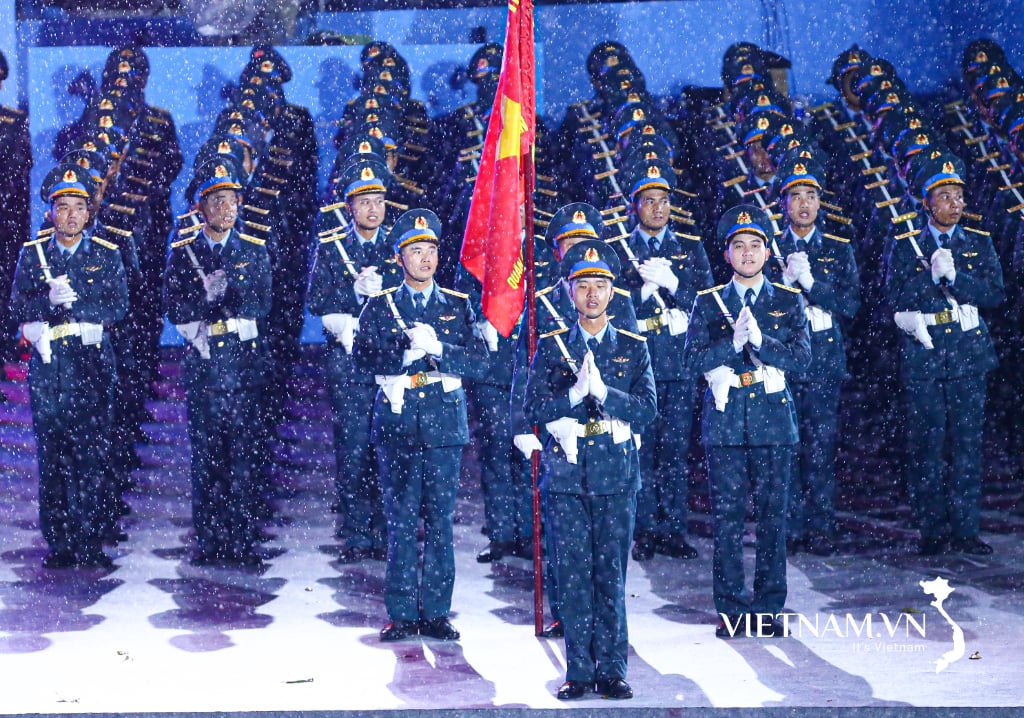
Comment (0)